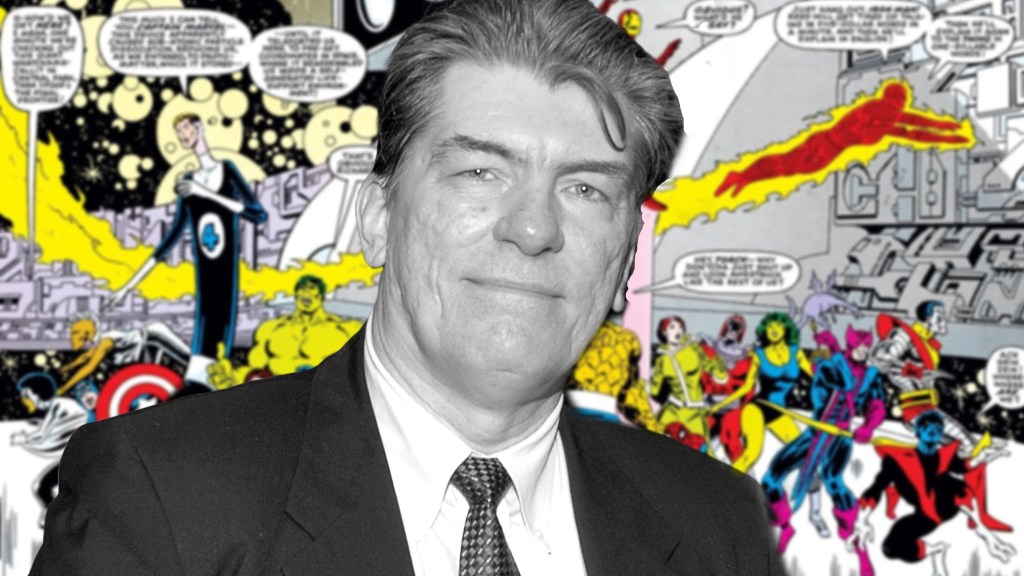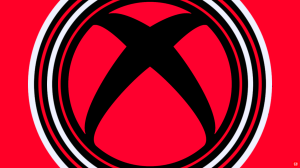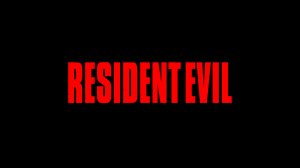Jim Shooter — the controversial former editor-in-chief of Marvel Comics who conceived and wrote 1984’s Marvel Super Heroes Secret Wars, the first company-wide crossover in the history of comics — has died. He was 73. Writer and former DC Comics editor Mark Waid, who once described the Shooter-scripted Legion of Super-Heroes story in 1968’s Adventure Comics #369 as “the single most influential-to-my-craft story I ever read,” took to social media to announce the news on Monday, writing in a Facebook post that Shooter died from esophageal cancer.
Videos by ComicBook.com
“I’ve just received word that Jim Shooter passed away of esophageal cancer, which he’s been battling for some time,” Waid wrote on the Facebook post. “I realize that for many he’s been a controversial figure in the past (game knows game), mostly with regards to his managerial style, but my experiences with him lay outside that realm and began with my lifelong love for his writing beginning with the first time I ever picked up a copy of Adventure Comics in 1967.”
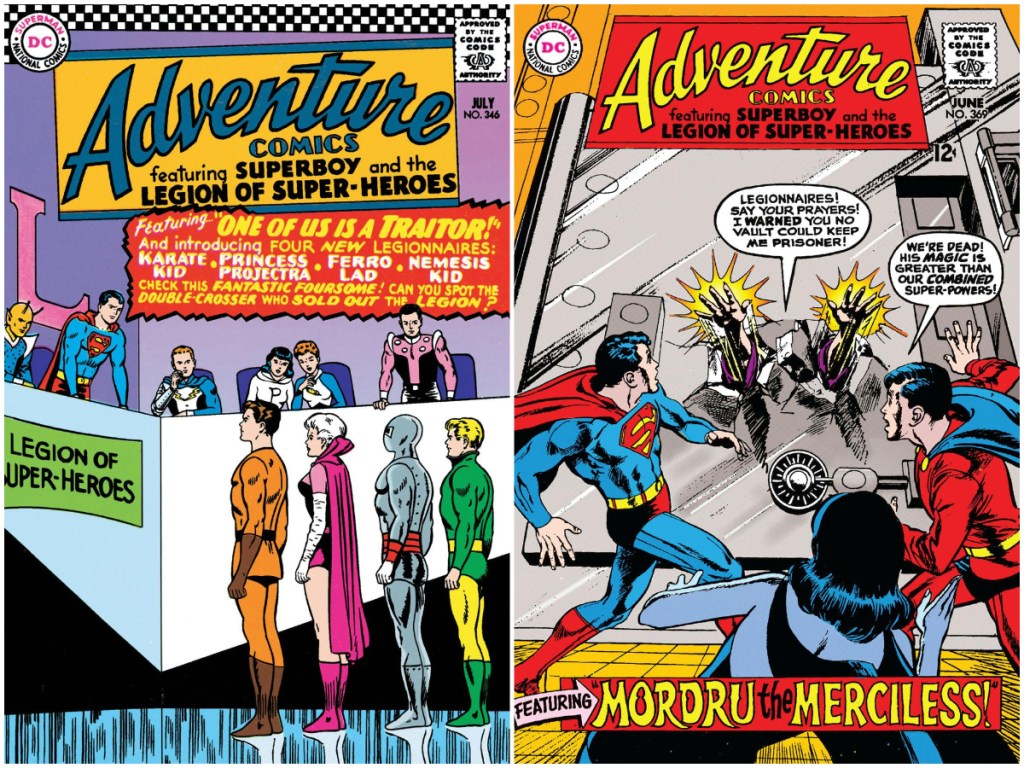
Born September 27, 1951, in Pittsburgh, Pennsylvania, Shooter cut his teeth writing for DC at the age of 14. Shooter first wrote and penciled 1966’s Adventure Comics #346, featuring Superboy and the future’s Legion of Super-Heroes, after being commissioned to write Supergirl and Superman stories. During his years at DC, Shooter created Superman villain Parasite in 1966’s Action Comics #340 and went on to create such Legionnaires as Princess Projecta, Ferro Lad, Karate Kid, and the 30th century supervillains the Fatal Five.
“For those who don’t know, Jim broke into comics at the age of 14. Let me say that again: 14. I don’t know about you, but when I was 14, I could barely put sentences together on paper,” Waid wrote. “During a hospital stay, he’d been given some Marvel and DC comics and could clearly see how much more exciting the Marvel books were and couldn’t understand why DC’s books couldn’t have that same vitality. Having no idea how comics scripts were done, he literally wrote and drew a Legion of Super-Heroes story on notebook paper and sent it in to editor Mort Weisinger, who put him to work immediately — having no idea how young he was until later.”
The protégé of then-National Periodicals (later DC) editor Mort Weisinger, whose run on the Superman titles introduced such characters as Supergirl and Krypto the Superdog, Shooter, then 17, left DC for rival publisher Marvel for a three-week stint in 1969. Shooter characterized his time working with Weisinger as “abusive.”
Shooter would return to Marvel when then-editor-in-chief Marv Wolfman offered him a position in the Marvel Bullpen in 1975. By 1978, Shooter had succeeded Archie Goodwin as editor-in-chief, overseeing the Chris Claremont-penned Uncanny X-Men, John Byrne’s Fantastic Four, Frank Miller’s Daredevil, Walt Simonson’s Thor, and Roger Stern’s Amazing Spider-Man, and X-Men spinoff Dazzler, which Shooter conceived with Alice Donenfeld and John Romita Jr. “with some help” from Stan Lee, Al Milgrom, Roger Stern, and Tom DeFalco.
He implemented a “continuity bonus,” described by Shooter as “the first incentive system in mainstream comics,” to keep creators on successive issues, as well as life insurance for freelancers, standardized creator contracts, and a royalty system. “I fixed a lot of things, but my greatest frustrations were the royalties and artwork return, which were delayed by lawsuits. I also increased rates, doubling them, and then doubling them again, because we started to make more money,” Shooter recalled in 2010. “I tried to standardize and boost the rates up. Superstars like Frank Miller? He got paid like the old guys, because he’s Frank Miller. I did respect the creative contributions like the age and seniority of the guys. I made sure guys who’d been there for twenty years weren’t getting the minimum. I also respected genius.”
Byrne, writer of Alpha Flight (1983-85), claimed that Shooter enforced a “no gays in the Marvel Universe” policy under the strict Code of the Comics Code Authority. Shooter’s interference with the Dark Phoenix Saga in the iconic Claremont-Byrne Uncanny X-Men run was just one of several creator conflicts that led to an exodus; as Wolfman put it in 2003, “Professionals left Marvel in droves” after Shooter took the reins of Marvel.
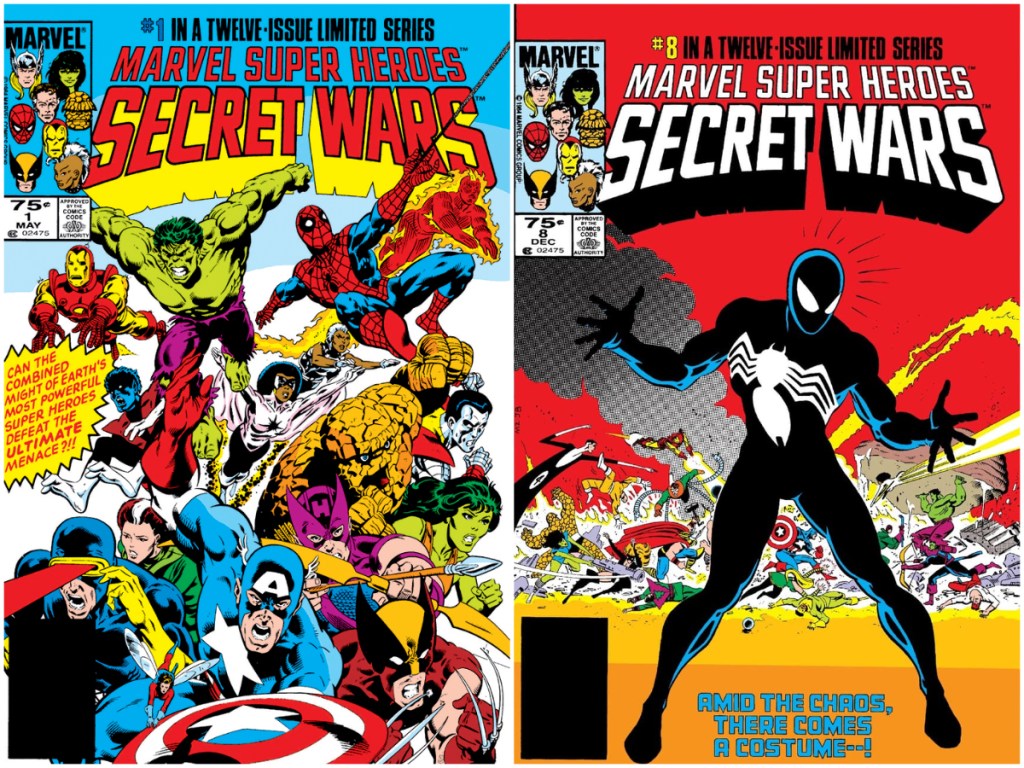
In 1984, in the midst of popular toy lines like G.I. Joe and Masters of the Universe, toy makers Mattel wanted an “editorial concept” to tie to a new Marvel-based line of action figures. That concept became Marvel Super Heroes Secret Wars, at the time the biggest crossover in the history of the Marvel Universe. The 12-issue series, written by Shooter, edited by DeFalco, and penciled by Mike Zeck and Bob Layton, was as successful as the toy line.
The original Marvel Super Heroes Secret Wars assembled Marvel’s greatest heroes and villains — the Avengers, the Fantastic Four, the X-Men, the Hulk, and Spider-Man among them — who were pit against supervillains like Doctor Doom, Galactus, Ultron, Doc Ock, and the Wrecking Crew by the cosmic being known as the Beyonder. The series famously featured the debut appearance of Spider-Man’s black alien costume in issue #8.
Shooter also wrote the sequel, the 1985 nine-issue limited series Secret Wars II, drawn by Milgrom. The 1984 series inspired writer Jonathan Hickman’s multiversal crossover Secret Wars in 2015, which is being adapted into Marvel Studios films Avengers: Doomsday and Avengers: Secret Wars.

